For General Philiip Sheridan, war was a tonic.
“He was a wonderful man on the battle field,” one of his fellow Union officers recalled, “and never in as good humor as when under fire.”
In “Whirling Through Winchester,” Pedro Garcia’s engrossing feature on the Battle of Winchester, you’ll learn all about General Sheridan. A throwback to an earlier age of warfare, he was a warrior who lived for the comradeship of camp and field, but there was also nothing romantic about his view of war. Sheridan, like his fellow Ohioan General William T. Sherman, believed that “was is simply power unrestrained by constitution or compact.”
The trajectory of Sheridan’s career traced back to his childhood in Somerset. All things military were the rage among the boys in that Ohio town. Next to Christmas, the Fourth of July was the most important day of the year.
Every year, Somerset’s one Revolutionary War veteran would be trotted out to greet the crowd. As the town’s cannon barked its salute and the crowd cheered wildly, a young Sheridan would gawk at the old warrior.
“I never saw Phil’s brown eyes open so wide or gaze with such interest,” remembered a friend, “as they did on this Revolutionary relic.”
Inside this early spring issue of Civil War Quarterly, you’ll read all about Sheridan’s orders from Ulysses S. Grant to wrest control of the Shenandoah Valley from the Confederates. As you’ll soon discover, “Little Phil” Sheridan initiated a series of battles that would go far in determining the outcome of the war.
Other features inside the early spring issue include:
“Hold Allatoona!”
General John Bell Hood aimed a dagger at Sherman’s supply line in the tiny Georgia railroad town of Allatoona Station.
“The Civil War in Black and White”
Battlefield photographers managed to make a lasting record of the war’s conflicts, even though the craft of photography was still in its infancy.
“Ace in the Hole”
Created by Major General George McClellan, the Union Army of the Potomac’s artillery reserve used massed cannons to provide concentrated and sustained firepower.
“Last Stand at Bentonville”
With William T. Sherman’s notorious “bummers” closing fast after their March to the Sea, a ragtag Confederate army prepared to make its last stand in the bottomlands around Bentonville, North Carolina.
“Upton’s Assault on the Mule Shoe”
With a bloody stalemate looming in the Virginia woods, a young Union colonel suggested a risky new maneuver to break the Confederate line.
“From Manassas to Fort Fisher: A Marine Corps’ War”
From an inauspicious start to the First Battle of Bull Run, the United States Marine Corps took part in several significant battles, on land and at sea, during the Civil War.
“Brice’s Cross Roads”
While he moved into Georgia, Union General William Sherman wanted a covering force in Mississippi to attack fearsome Confederate raider Nathan Bedford Forrest. At Brice’s Cross Roads, he would get his wish.
What do you think of General Sheridan’s legacy in the Battle of Winchester? Let us know what you think about this and other stories from the most recent Civil War Quarterly issue in the comments below.
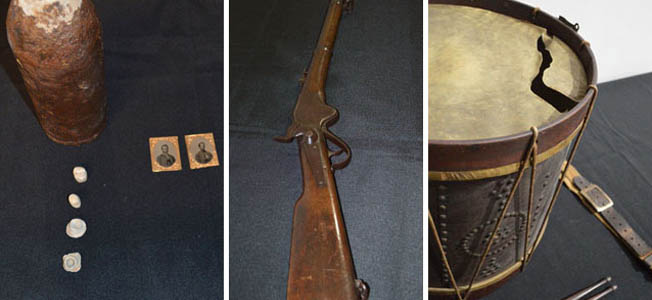
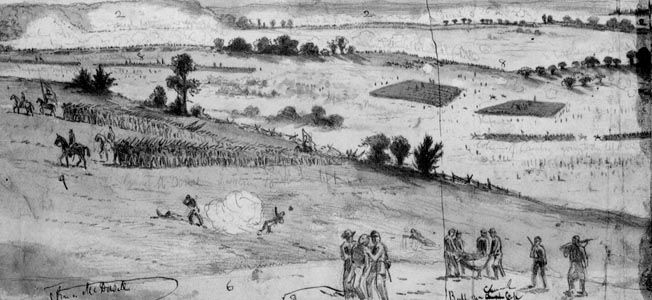
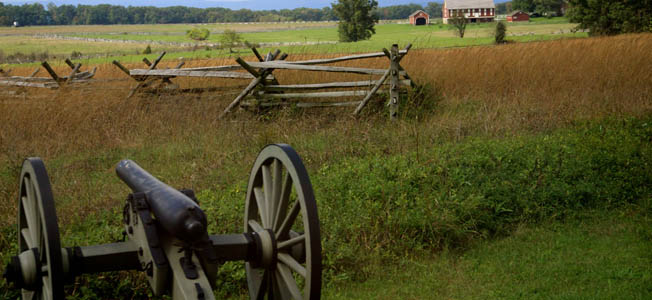
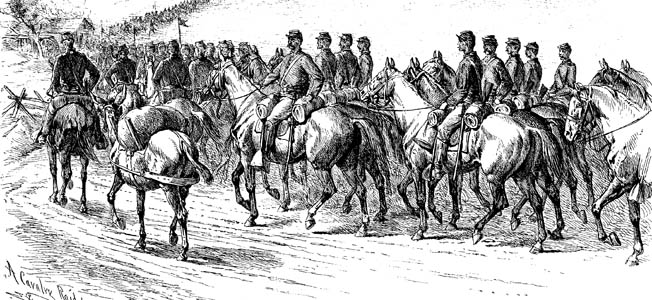
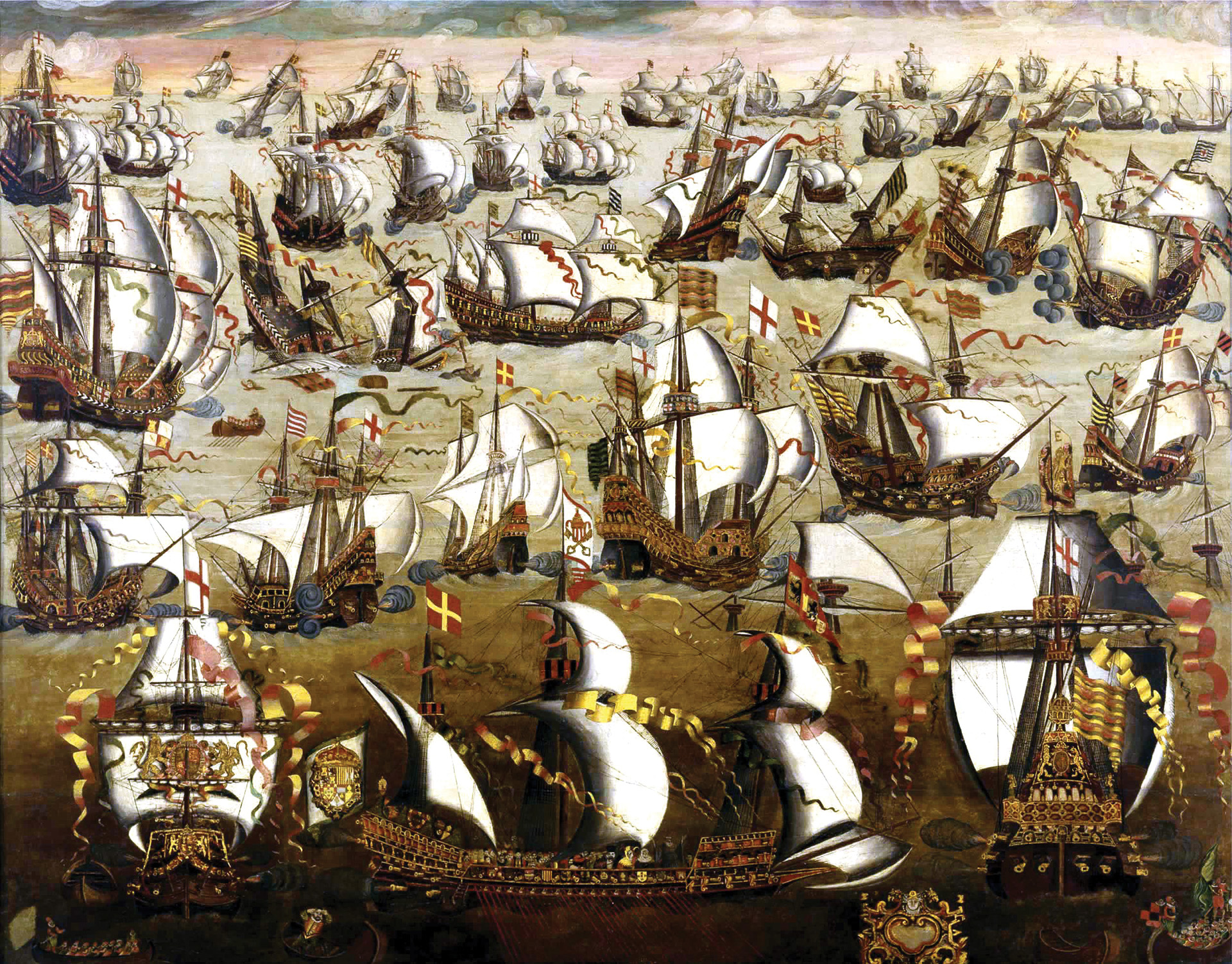
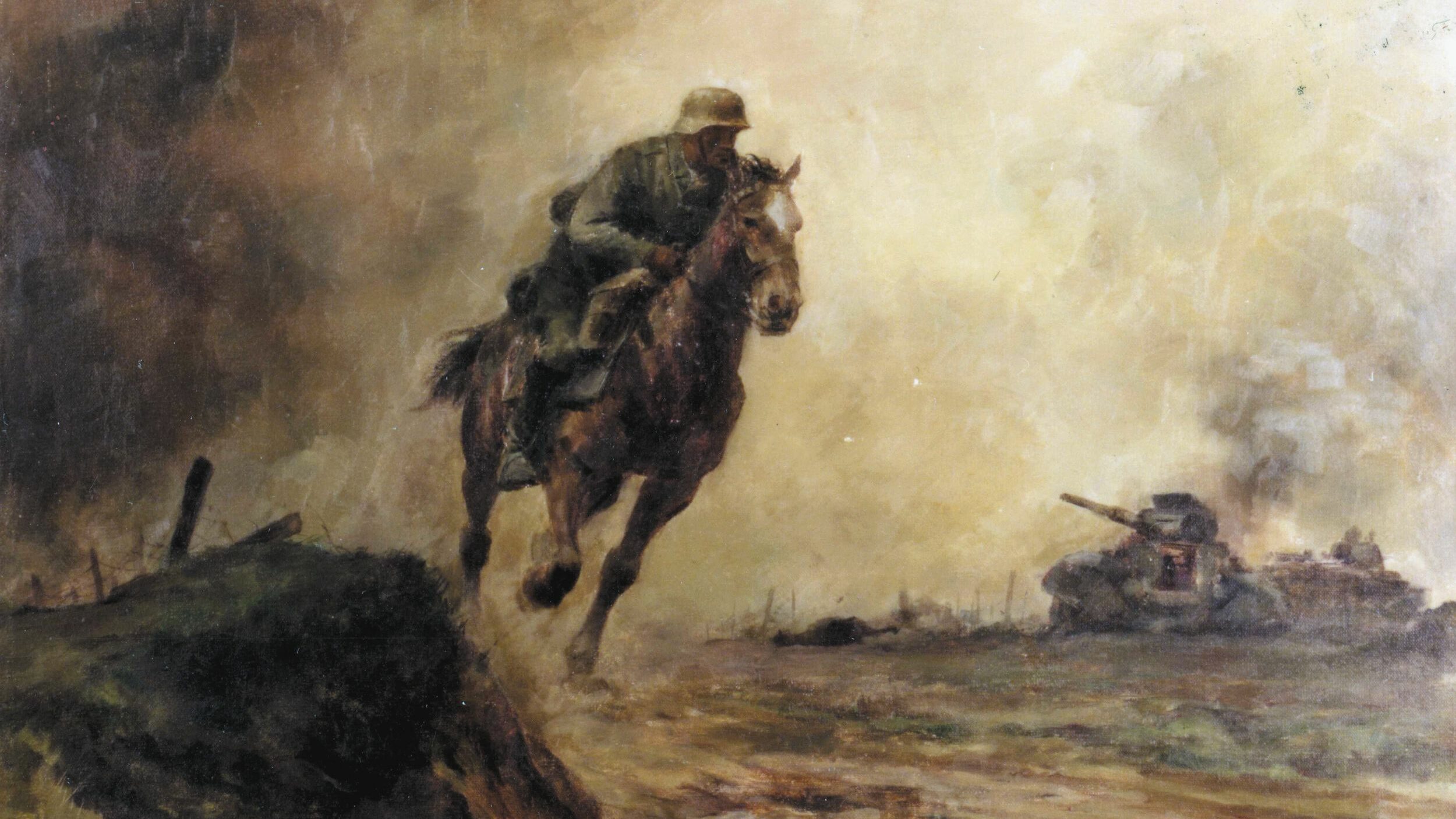
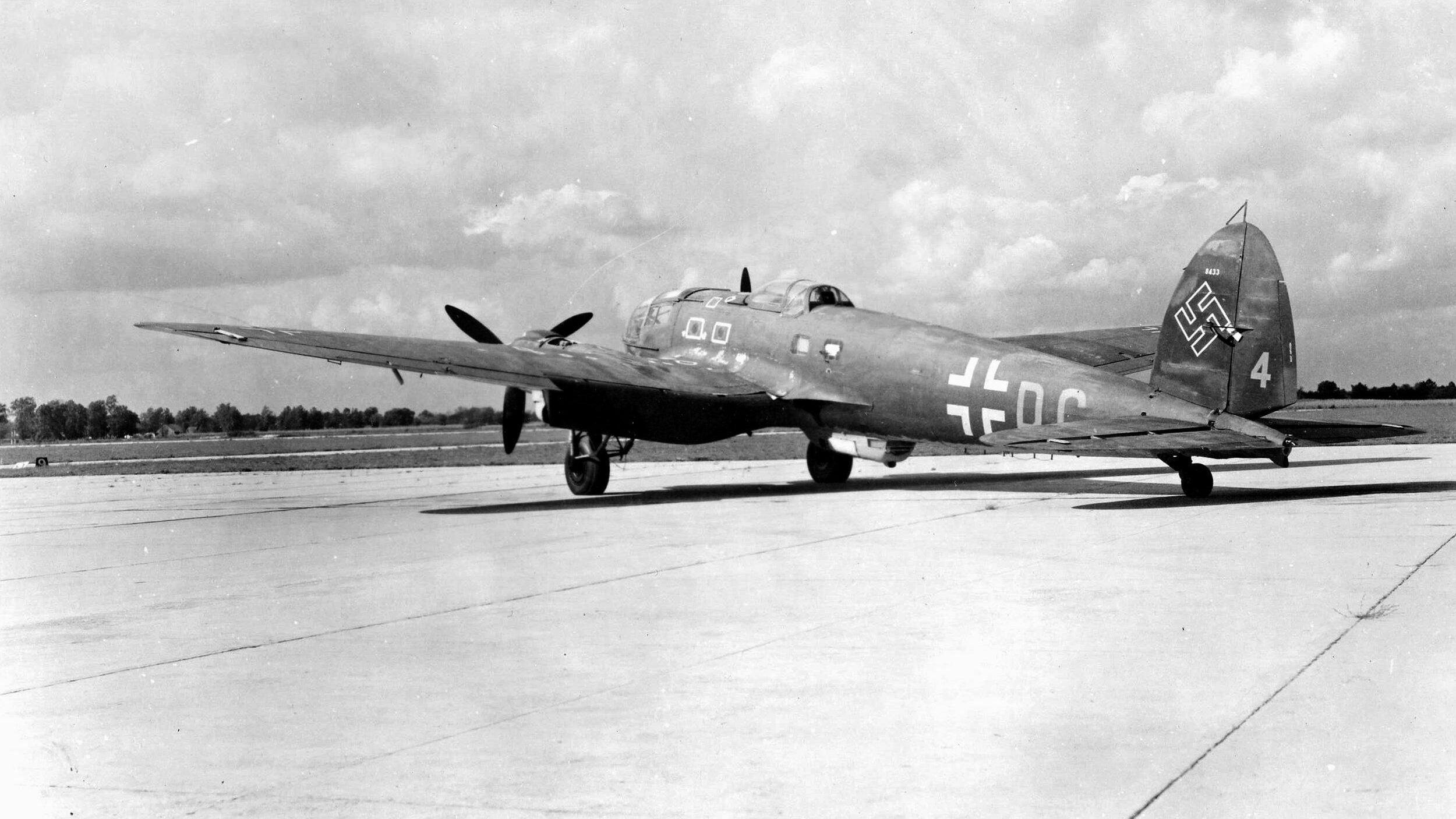
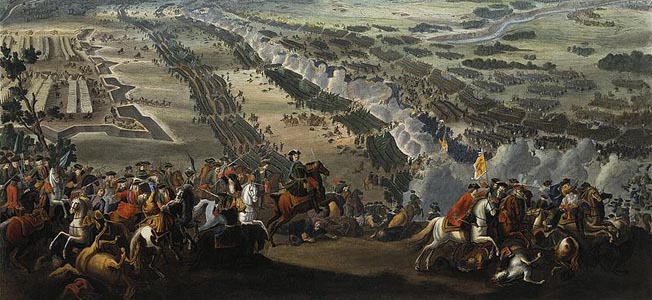
Join The Conversation
Comments
View All Comments